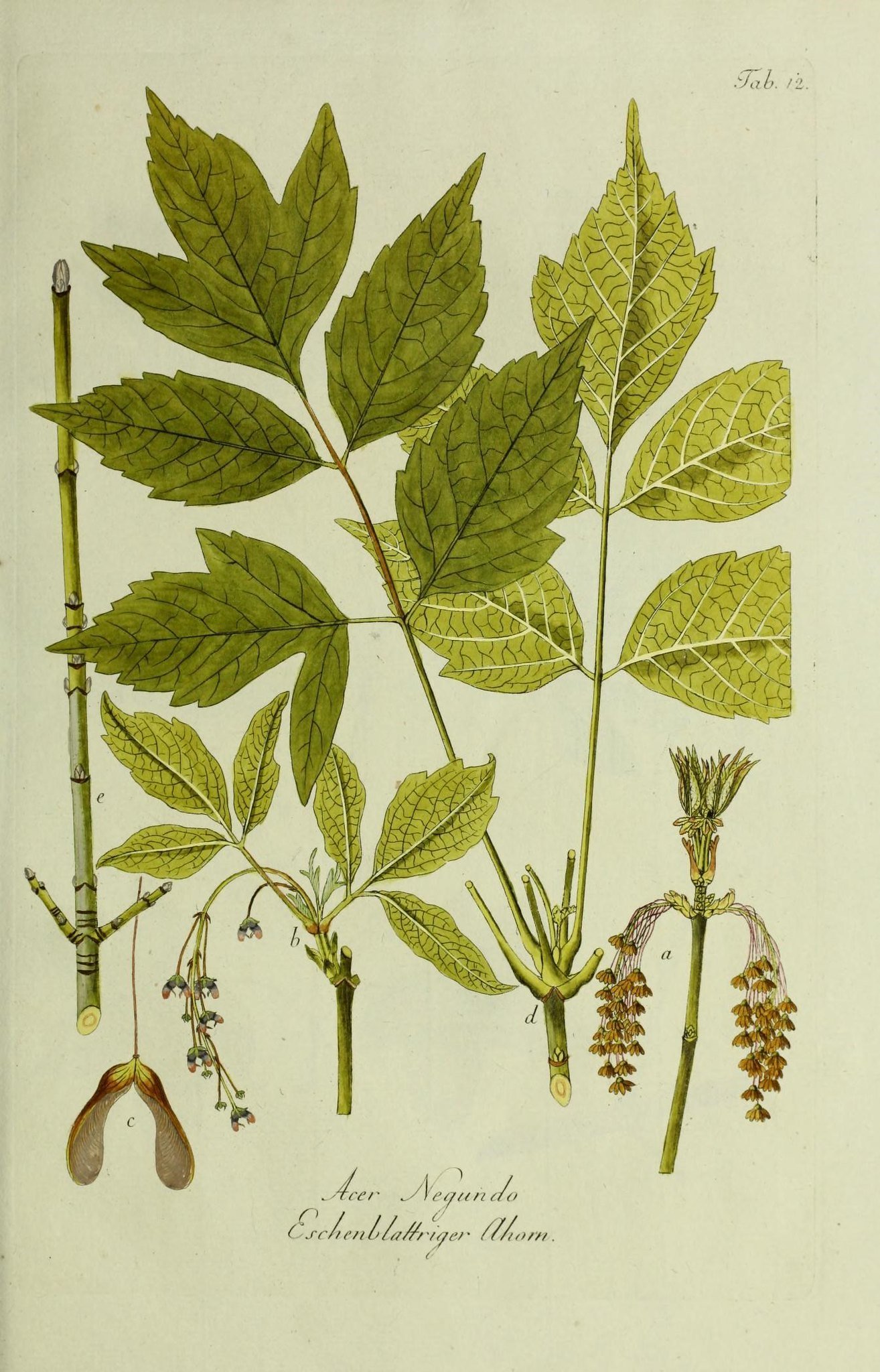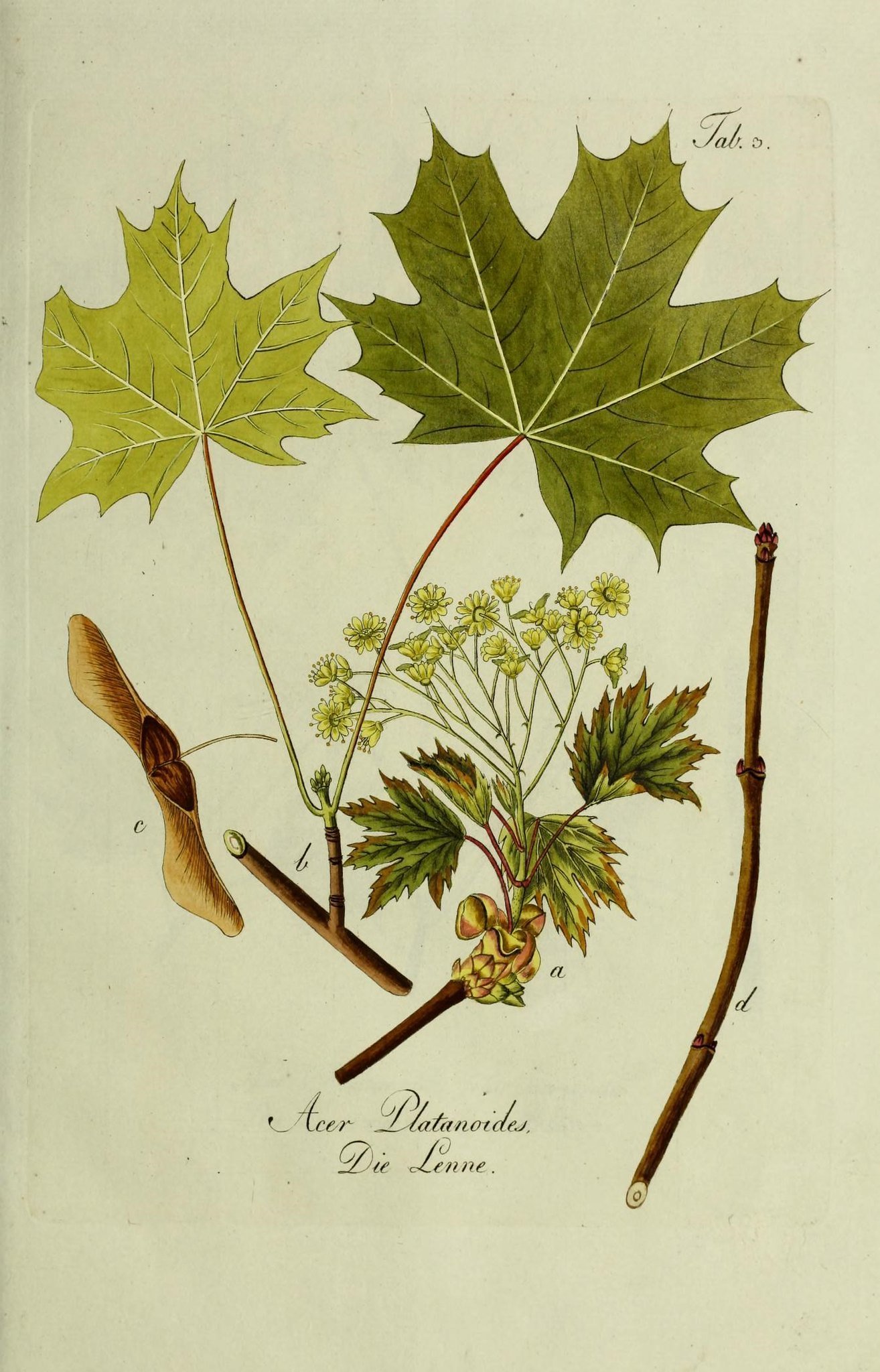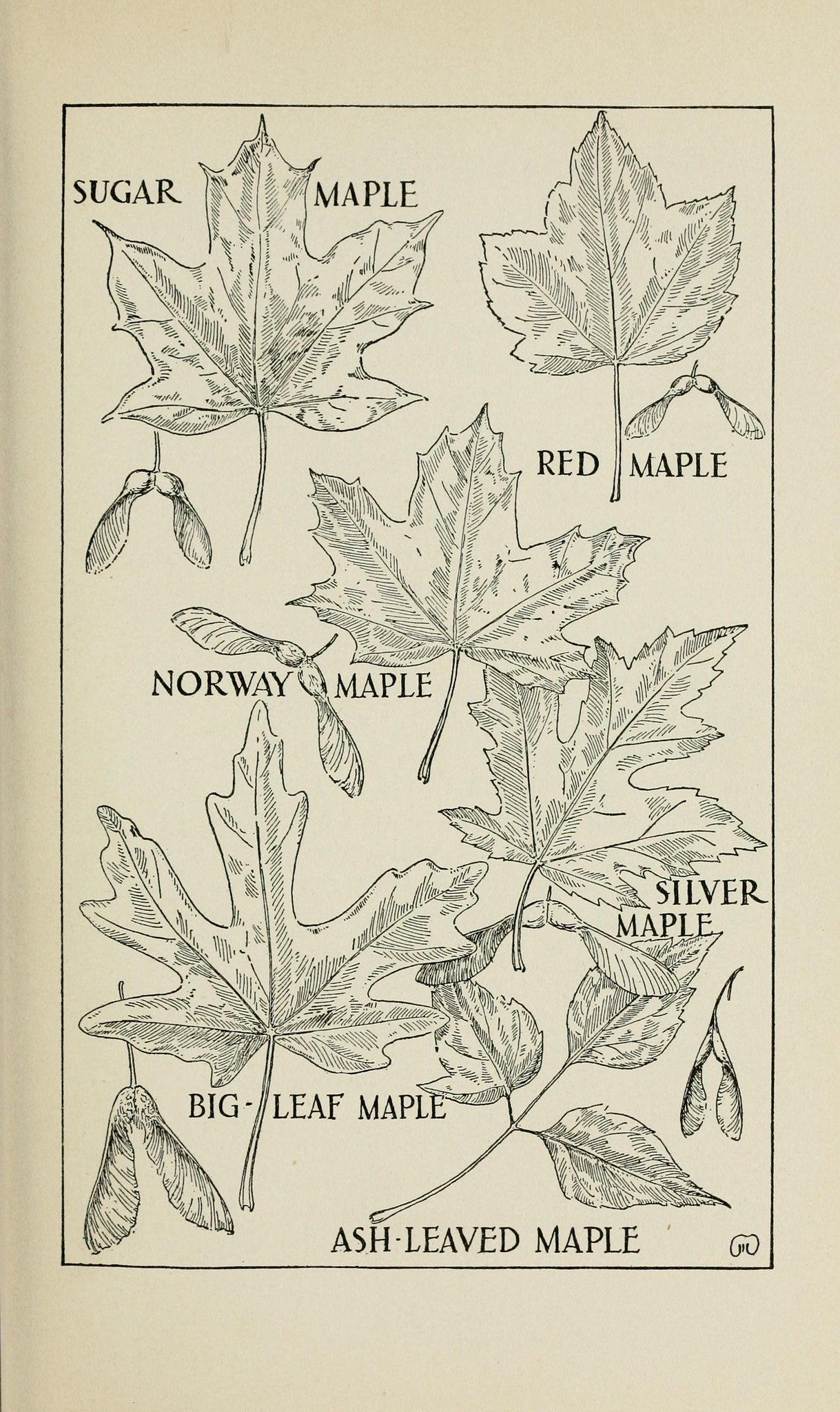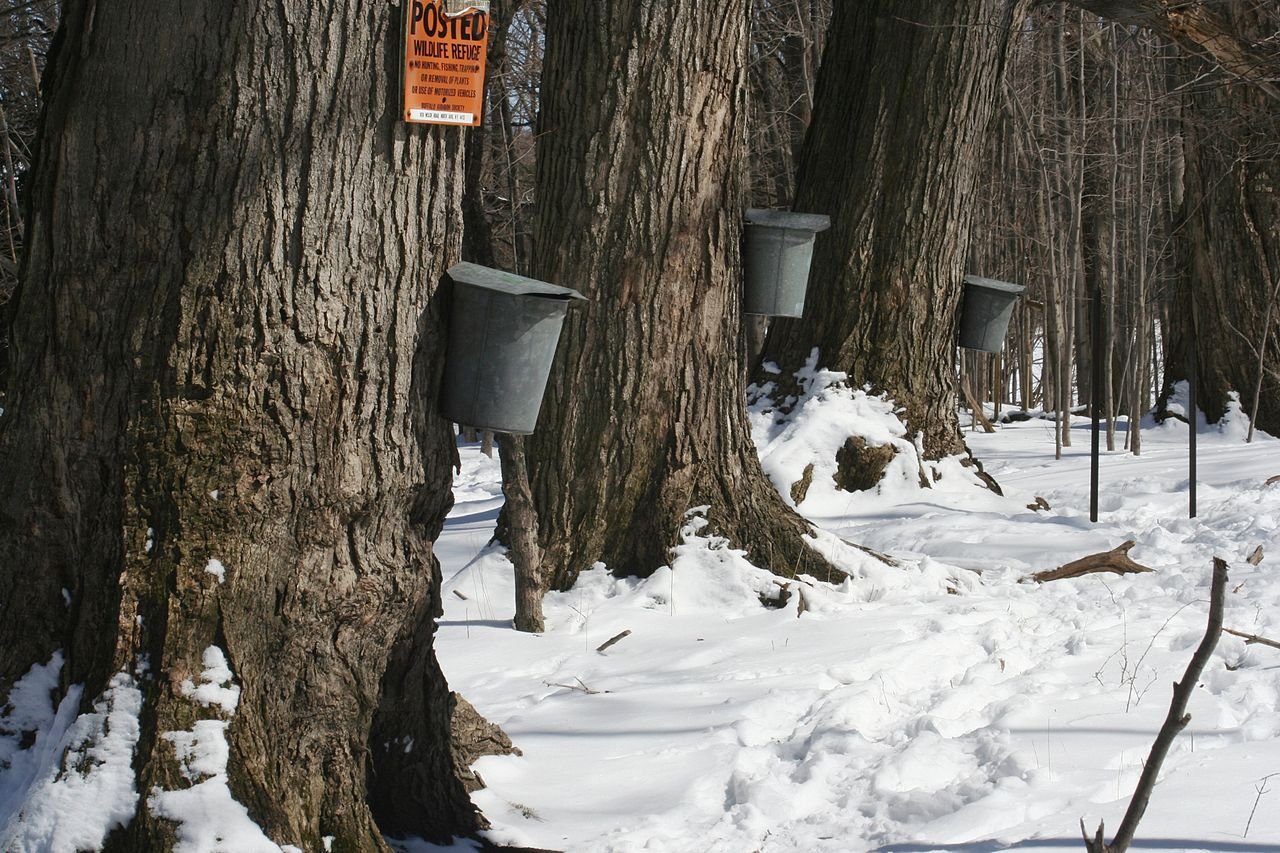Identifying Maples for Backyard Sugaring
Prefer to listen to this article? No problem! Four Season Foraging now offers free audio versions of articles with the help of a text-to-speech website. Simply click the play button on the right!
Identifying Maples for Backyard Sugaring
People don’t often think of maple trees as wild edibles, but I beg to differ! Maple syrup and related goods are one of the most commercially available wild food products in North America, probably the most commercially available. But just because it’s readily found at a store doesn’t mean that its origins aren’t wild. While maple syrup from any source is delicious, learning to tap trees is a highly rewarding seasonal activity, and I encourage you to try it!
Most species of maples can be tapped for syrup—even ashleaf maple or box elder (Acer negundo)! You will probably just have to boil the sap longer, and the resulting product may be a bit different than what you’d expect. According to Modern Maple, Norway maple (A. platanoides) should be avoided because it produces cloudy sap.
Learning to identify maples in the winter is important, as the sugaring season starts before leaves appear (around here in Minneapolis usually in March.) As such, becoming familiar with the bark and winter buds will help you distinguish maples from other trees, as well as maple species from each other. Another option is to identify the trees when leaves are out, mark their location, and return to tap them the following spring.
The anatomy of winter buds.
Most maples (Acer spp.) are easily identified by their opposite branching and distinctive leaves. Ashleaf maple (A. negundo) is the one exception; its compound leaves are opposite, but look nothing like the iconic maple leaf.
Maples have opposite branching
Norway maple is a European tree that is often planted in parks or along boulevards. It is most easily distinguished from other maples in the growing season, as its leaves are often seven-lobed (versus the typical five of other maples), and the leafstalks ooze milky sap when broken. The bark of Norway maple is brown with furrows and ridges that create diamond-like shapes. In winter, its leaf scars aid in identification; their opposite nearly edges meet in a point. The twigs are brown and winter buds hairless. Ashleaf maple has similarly arranged leaf scars, but its twigs are green or purple and winter buds are covered in dense whitish hair. The bark is light brown or greyish and has blocky vertical ridges.
Sugar maple (A. saccharum) is the tree of choice for tapping due to the high sugar content of the sap—typically two to three percent. Leaves are most often five-lobed, with a moderately deep U-shape between the lobes. Compare this to silver maple (A. saccharinum) which has a very deep U-shape, and red maple (A. rubrum) which has V-shaped notches. Leaf edges of sugar maple are firm, not drooping. Winter buds are pointed, slender, and brown, with three or more scales. In contrast, the winter buds of silver maple and red maple are reddish and often display extra buds in clusters. Sugar maple’s bark is greyish brown, with rough vertical plates or ridges when mature. The bark of silver maple is gray in color with shaggy vertical strips. That of red maple is smooth and slivery when young, though it does become darker and furrowed with age. The overall shape of the sugar maple is egg-like when growing in an open area.
Black maple (A. nigrum) is very similar in appearance to sugar maple, and the two species even hybridize! In fact, there is some debate about whether they should be considered separate species at all. It can be distinguished by its more shallowly lobed leaves and drooping leaf edges. Furthermore, black maple has fine hairs across the lower leaf surface that give it a velvety feel, and the base of the leaf stalk displays distinctive stipules.
The sap of black maple has a sugar content close to that of sugar maple’s, and is also tapped commercially. Silver maple and red maple sap have around 1.5% sugar, while ashleaf maple has only 1%. Tapping trees and boiling down sap into syrup can be a time-consuming process, but I think it’s worth it just for the sap itself! Check out my three-part video series about tapping maple trees at home if you’d like more info!
The Joys of Sugaring
There’s nothing quite like spending your early spring days collecting sap from maple trees and boiling it down into syrup over a roaring fire. However, even just tapping one or two trees and drinking the sap or using it in cooking is a beautiful experience. I hope you get to try it out yourself!
Join Us on Patreon!
This blog post was chosen in a poll by Patreon members. Thank you for your support!
If you like our foraging tutorials, please consider joining us on Patreon! It’s a simple way for you to help Four Season Foraging keep producing the informative content that you enjoy.







